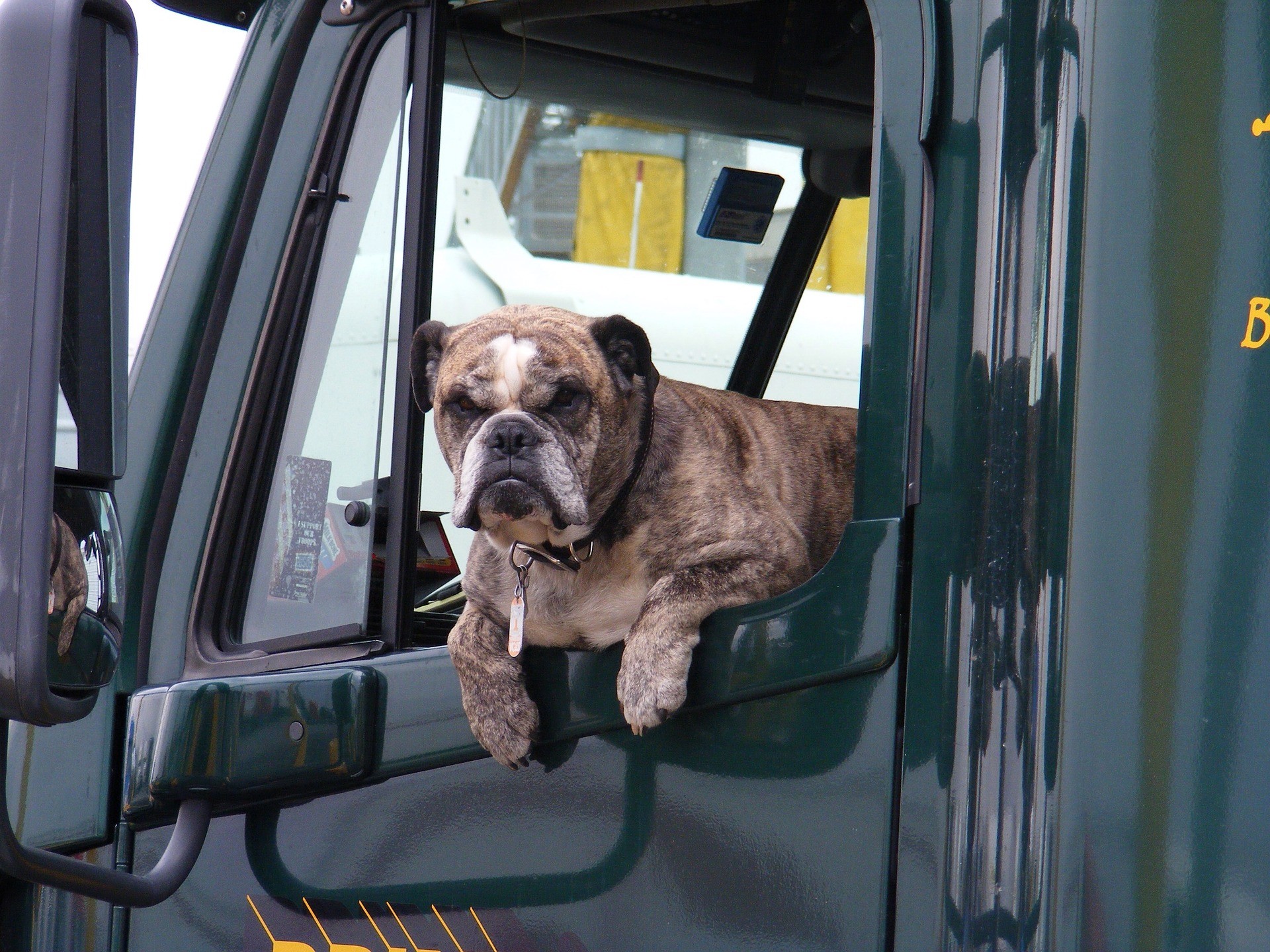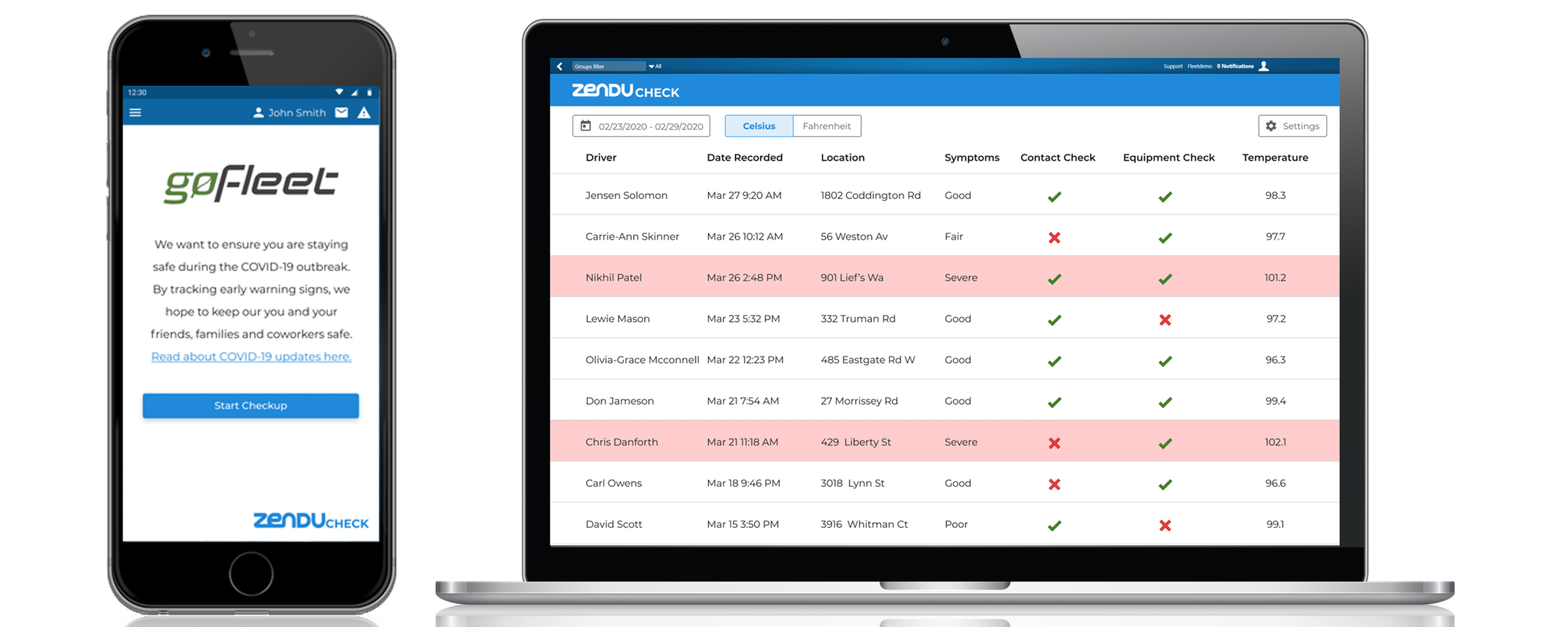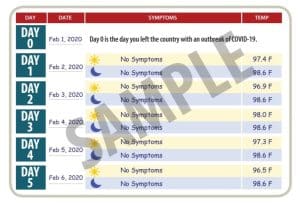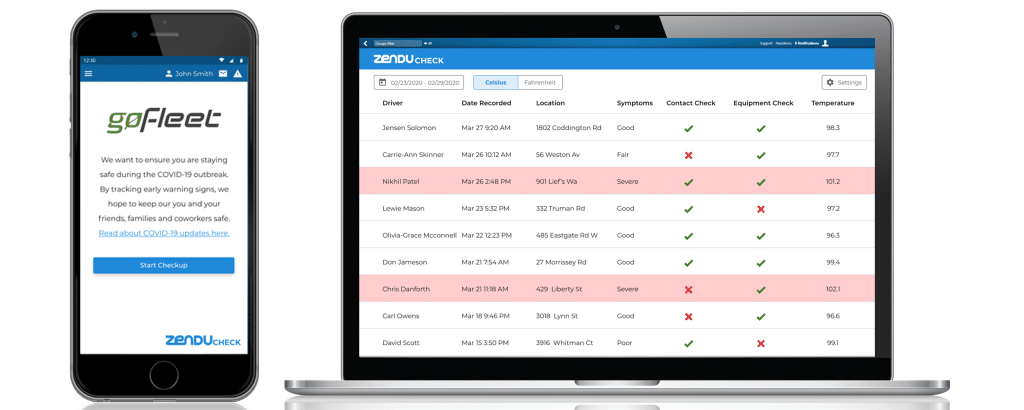Long haul trucking is often perceived as a lonely job as commercial truck drivers drive long hours to deliver goods over the course of hours, days or even weeks. With the monotony and morale being important concerns, many fleets are looking at how they can make long haul trucking a little more enjoyable. One of the best ways to alleviate these concerns is trucking with pets.
With a multitude of benefits, nearly 40% of long haul commercial motor vehicle drivers are already taking pets with them on the road. This growing trend is something fleet businesses are continuing to review.
Fleet Pet Policy
Whether you’re a fleet owner or driver, it’s important to review current policies when looking into drivers bringing pets on the road with them. On one hand, fleets must readjust their policies to reflect new values, and on the other hand, fleet companies have not clarified their positions on whether bringing pets would be welcomed. Fleet businesses must constantly review policies, including old and outdated ones, and better adapt to the constantly changing needs of their employees.
Old or Outdated Pet Policy
If your fleet has a pet policy but the language is outdated, it’s important to address it and make the necessary policy modifications. Companies should ensure that old policies do not conflict with new values. Updating the policy on pet companionship in fleets will help companies specifically clarify their position and what is encouraged throughout the company.
It is critical that your policies reflect the current values of your fleet and adapt to changing needs.
No Pet Policy
If there is currently no pet policy – it’s time to make one! While some fleets may be strict about not allowing pets to travel with drivers, many are open to it.
If your fleet is looking to enforce a new pet policy to allow trucking with pets – there are a few things to consider:
- What are the associated fees for bringing a pet along for the ride may be? Typically, fleets require drivers to provide a $200 – $1,500 deposit for insurance in case there are any damages to company property, which includes damages to vehicles, equipment, cargo etc.
- Whether there is a maximum pet weight limit, breed or type for animals, drivers can travel with. Typically, fleets set a weight limit between 25 and 35 pounds, which engenders a variety of common breeds such as dachshunds, pugs, terriers, chihuahuas and more.
- The completion of an internal training course to review all aspects of bringing a pet on the road. The course will cover what are the best practices to follow with your travelling pet, how to set up your vehicle to support an animal and proper health requirements of animals.
Benefits Of Trucking With Pets
For fleets who encourage drivers to bring their pets along for the ride, there are a multitude of benefits that are associated with having pets travel with their owners.
Fleets can expect for drivers to have lower blood pressure, cholesterol and better overall cardiovascular health, as studies show that having a pet companion can improve health. Drivers can also stay active and reach health goals as they will be required to take daily 20-30 minute walks – which is perfect for truck stop breaks!
Medical professionals even claim that driving with an animal can reduce stress and anxiety levels as well as provide drivers with a better outlook on life. Since they have a companion on long isolated trips, drivers are less at risk for thinking or feeling negative. A study published in the Journal of Personality and Social Psychology states that pet owners reported fewer doctor visits than non-pet owners. Meaning fleets can even expect healthier drivers, which results in less sick days.
Pets can also reduce fatigue driving and accidents, which are related to driving tired. This is because animals will require drivers to frequently pull over to allow the animal to relieve themselves and stretch their legs. Furthermore, having pets on board can even deter potential theft.
With an estimated 3.5 million truck drivers on U.S. roads, fleets cannot afford to overlook the benefits that trucking with pets drives.
What Drivers Need To Be Aware Of
Checking your fleets pet policy isn’t the only factor that drivers need to consider. Apart from checking with management, drivers should ensure the following:
- Their pet fits the proper pet sizing to travel comfortably with them
- The vehicle is pet-proofed with a separate space set aside for the animals call their own
- Tools and/or equipment such as; a crate, leash, pet bed, various toys, animal cleaning supplies, adequate food and treats
- The animal is properly trained be comfortable with being in a moving vehicle, while the driver is focused on the road, and is well socialized
- The animal is up to date with vaccinations and drivers are up to date and/or researched veterinary inspection laws, as they vary from state to state
What Fleet Managers Need To Know
Changing the policy speaking to pet companions may seem fun and exciting, but management must take the proper steps to keep the drivers, organization and animals happy. While this includes refining pet policies, fleet managers should also consider the following:
- What should be included in company training material pertaining to travelling with pets?
- Whether drivers would be accepted to register pets as a service or companion animal to ensure animals are never left unattended for too long (this is specific to in-store visits)?
- What are the possible legal ramifications if there is an accident where the animal is hurt, if the animal caused the accident or if the animal hurt someone?
With all policy shifts, there are pros and cons. When it comes to the growing trend of trucking with pets, more fleets are realizing that new policies should reflect current values.
If you’re looking for more insight about how you can create the proper training course to ensure drivers are trained on new trucking with pets policies contact us today! Our online training platform ZenduLearn is a customizable training solution that can accompany any training topics specific to your fleet.





